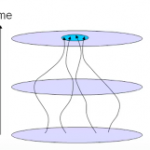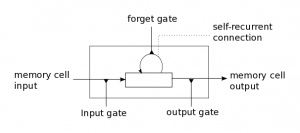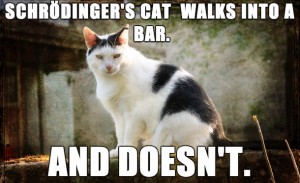 Sailing down through the Middle East, past the monuments of Egypt and the wild African coast, and then on into the Indian Ocean, past Arabia Felix, Euhemerus came upon an island. Maybe he came upon it. Maybe he sailed. He was perhaps—yes, perhaps; who can say?—sailing for Cassander in deconstructing the memory of Alexander the Great. And that island, Panchaea, held a temple of Zeus with a written history of the deeds of men who became the Greek gods.
Sailing down through the Middle East, past the monuments of Egypt and the wild African coast, and then on into the Indian Ocean, past Arabia Felix, Euhemerus came upon an island. Maybe he came upon it. Maybe he sailed. He was perhaps—yes, perhaps; who can say?—sailing for Cassander in deconstructing the memory of Alexander the Great. And that island, Panchaea, held a temple of Zeus with a written history of the deeds of men who became the Greek gods.
They were elevated, they became fixed in the freckled amber of ancient history, their deeds escalated into myths and legends. And, likewise, the ancient tribes of the Levant brought their El and Yah-Wah, and Asherah and Baal, and then the Zoroastrians influenced the diaspora in refuge in Babylon, until they returned and had found dualism, elemental good and evil, and then reimagined their origins pantheon down through monolatry and into monotheism. These great men and women were reimagined into something transcendent and, ultimately, barely understandable.
Even the rational Yankee in Twain’s Connecticut Yankee in King Arthur’s Court realizes almost immediately why he would soon rule over the medieval world as he is declared a wild dragon when presented to the court. He waits for someone to point out that he doesn’t resemble a dragon, but the medieval mind does not seem to question the reasonableness of the mythic claims, even in the presence of evidence.
So it goes with the human mind.
And even today we have Fareed Zakaria justifying his use of the term “bullshit artist” for Donald Trump. Trump’s logorrhea is punctuated by so many incomprehensible and contradictory statements that it becomes a mythic whirlwind. He lets slip, now and again, that his method is deliberate:
… Read the restDT: Therefore, he was the founder of ISIS.








